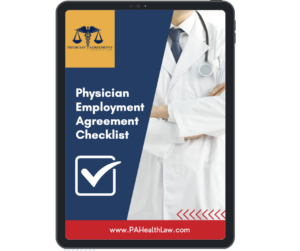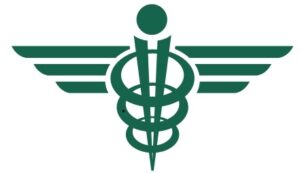Patient Contact Hours
The first draft of many standard physician employment agreements is silent on patient contact hour requirements. Often, the first offer provides that the physician is expected to work “full-time” or as a “1.0 FTE” (a full time equivalent), without defining that term.
Larger physician practices and health systems are often willing to stipulate that you are expected to work 40 hours per week (exclusive of call coverage requirements). At first blush, many physicians might feel that is eminently reasonable. A standard work week is 40 hours, right?
However, it’s important to delve into how many patient contact hours are required each week. What is patient contact? Quite simply, patient contact is time spent in actual contact with a patient. While telehealth would constitute patient contact, call coverage would not. Hours spent charting are not patient contact hours. Obviously, time spent wrangling with a managed care company is not patient contact time.
Some employers specifically require 40 patient contact hours per week. If you are scheduled to see patients for 40 hours each week, you will obviously be working significantly more than you initially anticipated. Calls with patients, managed care companies, administrative meetings, etc. can take up an enormous amount of the physician’s time.
In particular, if the employer does not utilize hospitalists, you may be expected to “round” outside of the 40 patient contact hours. This can be especially onerous if the employer admits patients to multiple hospitals.
And regardless of expectations regarding rounding, you can be expected to spend significant time on charting and other administrative activities. One respected journal has estimated that physicians in four common specialties spend, on average, 785 hours per physician per year just dealing with reporting on quality measures alone! This figure does not include all the time spent on regular charting.
Physician employment agreements with a private practice are likely to require much more flexibility in scheduling. Patient volumes do not decline when a physician is absent because he or she is sick, taking vacation, or attending CME. Good patient care may require extended office hours during these periods, so that the remaining physicians can see patients within a reasonable time of an appointment request.
Where an employer is not willing to specify patient contact hour requirements, we have sometimes been successful in negotiating a 40 clinical hour requirement. If the employer is stuck on 40 as a magical number, specifying 40 clinical hours sometimes satisfies them. Clinical hours are much more expansive than patient contact hours, and most would agree that charting and managed care interaction is clinical, as are phone calls with pharmacies, etc.
A true 40-hour workweek may not be attainable even if the employer is willing to agree to about 32 patient contact hours each week (or even 40 clinical hours per week). However, that extra administrative time should reduce the uncompensated time for rounding, charting, medical staff meetings, wrangling with managed care companies, and other administrative duties – and allow you to get slightly closer to having a life outside the practice of medicine.
Physician burn-out is a very real phenomena. Obtaining a slightly more reasonable work schedule through limiting patient contact hour requirements is not a panacea. But sometimes all we can do is try to move the needle slightly, to reduce the strains on physicians, even if just a little.
You might also want to read about the other bane of physician life quality, call coverage requirements.
If you have an agreement you would like us to review, or would like to consider renegotiating, you can start your review here. We can also provide a free consultation to talk about how we can help.




1 thought on “Patient Contact Hour Requirements in Physician Employment Agreements”
I’m sorry you didn’t find it useful. Can I ask what other information on the topic you would have found helpful?